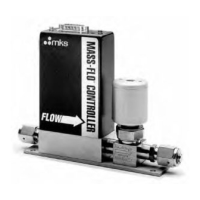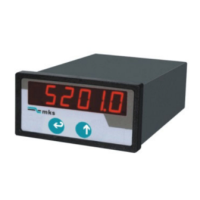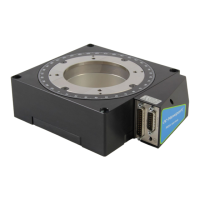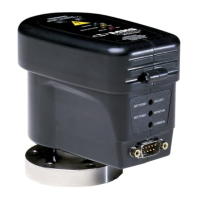MKS Instruments UK Ltd
Microvision2 Hardware Manual – SP101015.102 August 2010
30
The filament material slowly evaporates and condenses upon the surrounding surfaces. This effect
is extremely slow but would require, from time to time, the cleaning of the surrounding source
plates and ceramics and the replacement of the filaments.
The second effect is similar to the first except that the vacuum, under which the source is
operating, has either a high oxygen or water content. Then instead of metal being deposited upon
the surrounding source plates, layers of metal oxides are deposited. Being insulators, these have a
far more noticeable effect upon the performance of the source and therefore a more frequent
cleaning program should be adopted.
You should not attempt repair other than replacing the filaments or cleaning / replacing the ion-source.
Further servicing may be carried out on-site, or on an RTB basis.
Please contact your local MKS representative for further information.
9.2 Ohmmeter analyser checks
There are a number of circumstances when carrying out some simple checks with an ohmmeter can be
worthwhile. If you suspect a failed filament, or want to check for shorts-circuits following maintenance,
performing some simple checks can save a great deal of time.
In carrying out these checks, we can legitimately accept two ranges of meter readings as possibly
acceptable and anything outside these ranges as being a definite fail. Any readings less than 1 ohm we
can assume as a short-circuit and any reading above 5 Meg Ohm (5x10
6
ohms) as being open circuit. The
following assumes that the analyser is still on the vacuum system and details all the possible tests.
Tools required: Ohmmeter with leads
Please refer to Page 45 for analyser pin numbers.
1. Attach a meter lead to pin 1 of the analyser feedthrough.
2. Connect the other lead to the analyser flange, you should read a short circuit. If not, you have either a
serious problem, or more likely a faulty meter/meter leads. If after checking your meter, an open circuit still
exists, contact your nearest MKS service center for advice.
3. Move the lead from the flange and connect to pins 2 through12 on the analyser feedthrough in turn.
Each one should give an open circuit. If not, you have a short to earth.
There are two types of short to earth, an internal short between one part of the analyser and an
earthed part of the analyser, or more commonly, a short between part of the analyser and the
vacuum chamber.
In either case, remove the analyser from the vacuum chamber and repeat the test. If the result is
the same, then you have an internal short and should contact your local MKS facility for advice.
Otherwise, you have a short to the vacuum chamber, check the dimensions of the vacuum chamber around
the quadrupole analyser against the dimensions provided on Page 6 of this manual, or try refitting the
analyser in a slightly different orientation.
